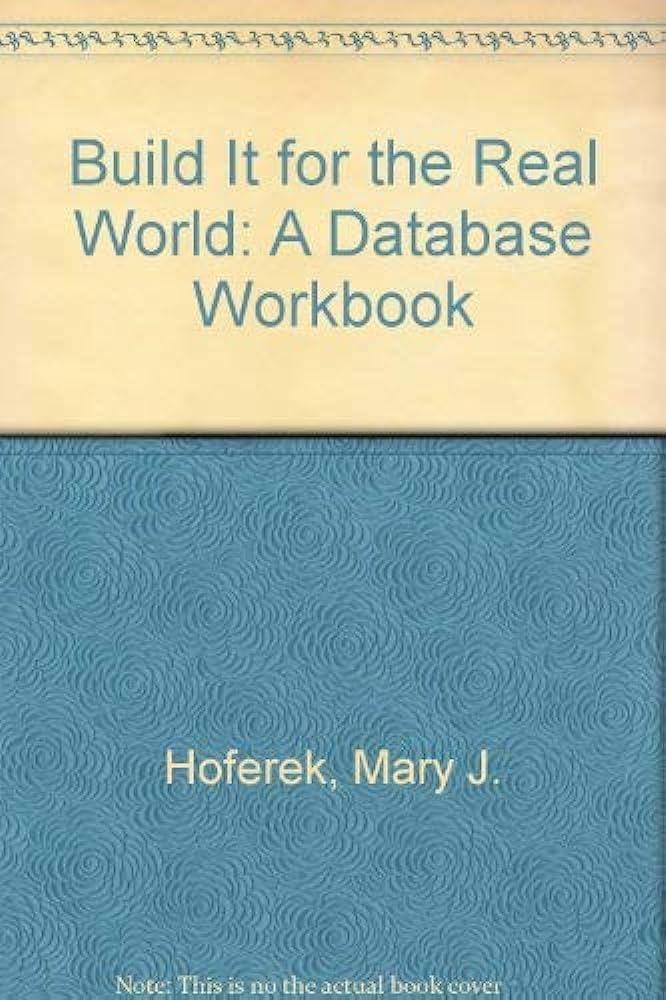Question
Assembly Language with MIPS need help with the bold/italicized ########################################################################## ############################ data segment ################################ .data legend: .asciiz 0 = EvEv, 1 = EvOd, 2 =
Assembly Language with MIPS need help with the bold/italicized
##########################################################################
############################ data segment ################################
.data
legend: .asciiz "0 = EvEv, 1 = EvOd, 2 = OdEv, 3 = OdOd "
# EvEv = Even-Even, EvOd = Even-Odd, ...
inPrompt1: .asciiz "Enter 1st integer: "
inPrompt2: .asciiz "Enter 2nd integer: "
outLab1: .asciiz " and "
outLab2: .asciiz " are "
############################ code segment ################################
.text
.globl main
main:
li $v0, 4
la $a0, legend
syscall # print legend
la $a0, inPrompt1
syscall # print input prompt 1
li $v0, 5
syscall # read 1st integer
move $t1, $v0
li $v0, 4
la $a0, inPrompt2
syscall # print input prompt 2
li $v0, 5
syscall # read 2nd integer
move $t2, $v0
li $v0, 11
li $a0, ' '
syscall
li $v0, 1
move $a0, $t1
syscall # 1st integer
li $v0, 4
la $a0, outLab1
syscall # print " and "
li $v0, 1
move $a0, $t2
syscall # 2nd integer
li $v0, 4
la $a0, outLab2
syscall # print " are "
li $v0, 1
li $a0, 0 # initialize desired output to 0
##########################################################
# Insert NO MORE THAN 5 lines of code that involve ONLY
# bit manipulating instructions (ANDing, ORing, XORing,
# NORing and shifting - only whatever that are needed)
# so that the program will work just like the sample runs
# shown at the bottom (some blank lines edited out).
# HINT: Risking telling the obvious, the instructions you
# insert are related to bringing the value in $a0
# from the initial value of 0 to the final desired
# value (which should be either 0, 1, 2 or 3 when
# printed as an integer).
##########################################################
//This is the part in which I am having difficulty with, our professor is quite hard to understand in class so it's making this profect difficult, I was hoping someone can explain this part to me? I know that in binary it'd be 00 = 0, 01 = 1, 10 = 2, 11 = 3 but im not sure how to achieve this :/
syscall # display desired output
##########################################################
li $v0, 10 # exit gracefully
syscall
########################## sample test runs ##############################
# 0 = EvEv, 1 = EvOd, 2 = OdEv, 3 = OdOd
# Enter 1st integer: 100
# Enter 2nd integer: 200
# 100 and 200 are 0
# -- program is finished running --
#
# Reset: reset completed.
#
# 0 = EvEv, 1 = EvOd, 2 = OdEv, 3 = OdOd
# Enter 1st integer: -202
# Enter 2nd integer: -303
# -202 and -303 are 1
#########################################################
Step by Step Solution
There are 3 Steps involved in it
Step: 1

Get Instant Access to Expert-Tailored Solutions
See step-by-step solutions with expert insights and AI powered tools for academic success
Step: 2

Step: 3

Ace Your Homework with AI
Get the answers you need in no time with our AI-driven, step-by-step assistance
Get Started


